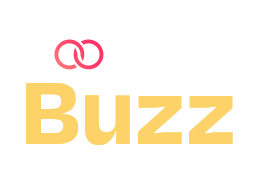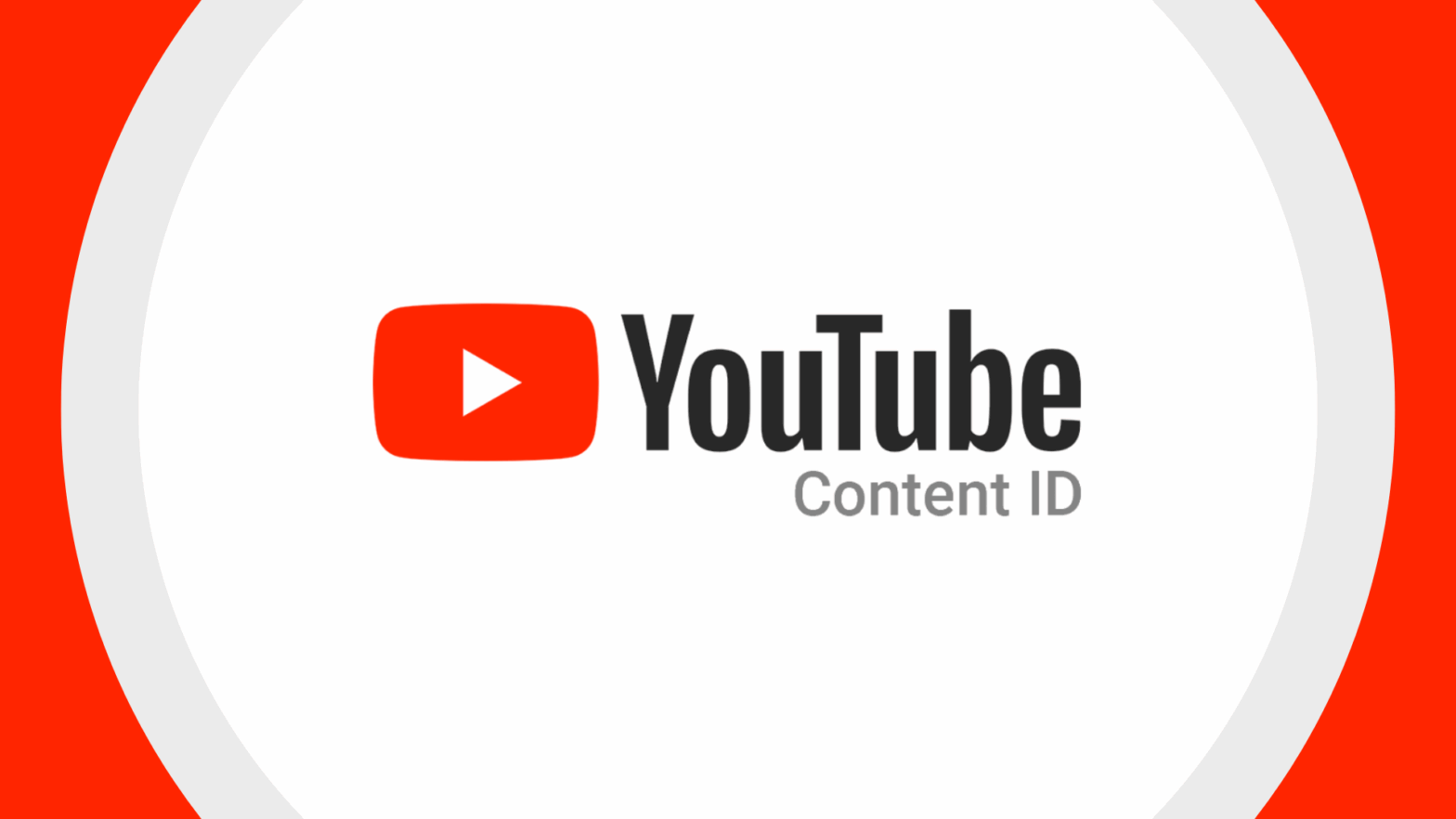Table of Contents
As a YouTube creator, musician, or video editor, you’ve likely heard of YouTube’s Content ID system, especially if you’ve ever received a copyright claim. These claims can feel like a punch in the gut, leaving you confused about what went wrong and how to fix it. But don’t worry! Content ID isn’t the enemy; it’s a tool designed to balance the needs of creators and copyright owners. This guide breaks down what YouTube Content ID is, how it works, its impact on your channel, and practical tips to avoid or resolve claims. Let’s dive in with a clear, conversational approach to make this as painless as possible.
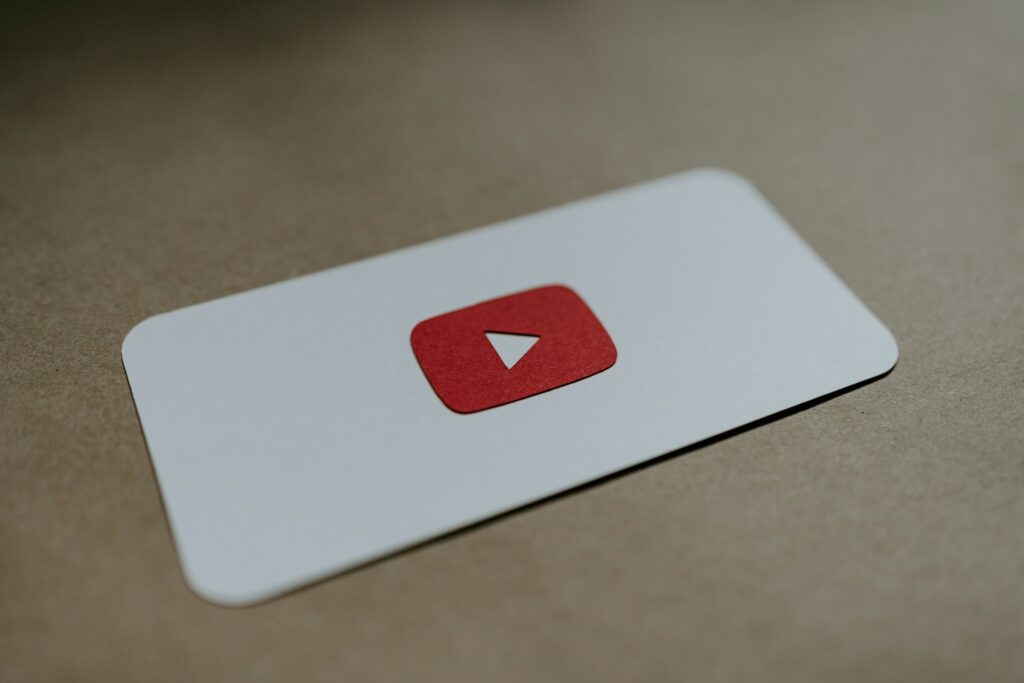
Why Content ID Exists
YouTube is a massive platform with billions of videos, and managing copyrighted content is a huge challenge. Whether it’s a song, a movie clip, or even a sound effect, copyright owners want to protect their work, while creators like you want to make awesome videos without legal headaches. That’s where Content ID comes in. It’s YouTube’s automated system to identify and manage copyrighted material in videos, ensuring rights holders get paid and creators stay informed about what they can use.
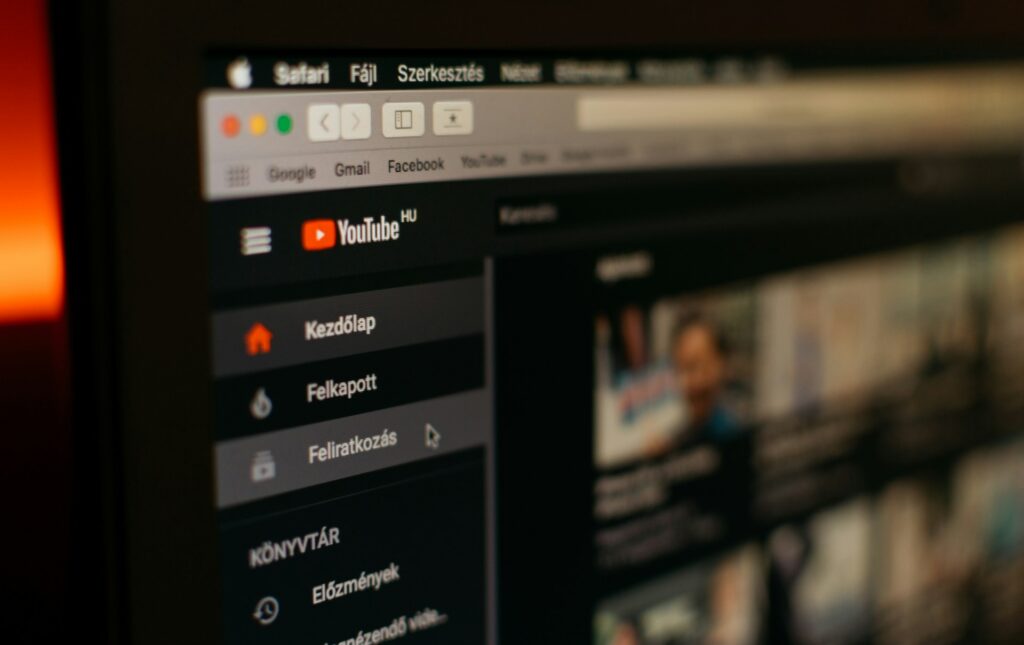
What is YouTube Content ID?
YouTube Content ID is an automated system that scans uploaded videos to detect copyrighted material, like music, movie clips, or TV show segments. Think of it like a digital librarian who checks every video against a massive database of copyrighted content. If it finds a match, it flags the video and applies the copyright owner’s chosen action such as monetizing, blocking, or tracking the video.
Real-world analogy: Imagine you’re borrowing a friend’s book to read in a public park. If the book’s author spots you and says, “Hey, that’s my book!” they might ask you to pay a small fee to keep reading, stop reading entirely, or just note that you’re using it. Content ID does the same for digital content on YouTube.
Only verified rights holders like record labels, movie studios, or artists can register their content with Content ID. This means small creators can’t use it to claim their own work unless they’re partnered with a network or distributor that has access.
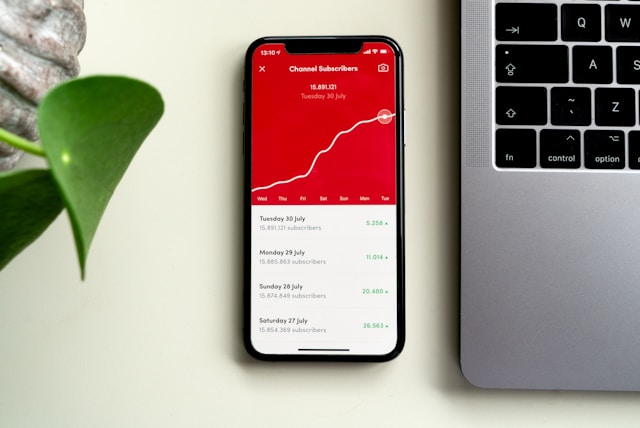
How Does Content ID Work?
Content ID operates like a fingerprint scanner for media. Here’s the process in simple steps:
- Reference Files: Rights holders upload their copyrighted content (like a song or video clip) to YouTube’s Content ID database, creating a “reference file” with unique digital fingerprints.
- Automatic Matching: When you upload a video, Content ID scans it and compares it to these reference files. It can detect even short snippets of copyrighted material, like a 10-second song clip in the background.
- Ownership Actions: If a match is found, the rights holder’s pre-set policy kicks in. They can choose to:
- Monetize: Earn ad revenue from your video.
- Block: Prevent your video from being viewed in certain regions or worldwide.
- Track: Monitor viewership without taking action.
This process happens automatically, often within minutes of your video being uploaded, which is why you might see a claim pop up almost instantly.
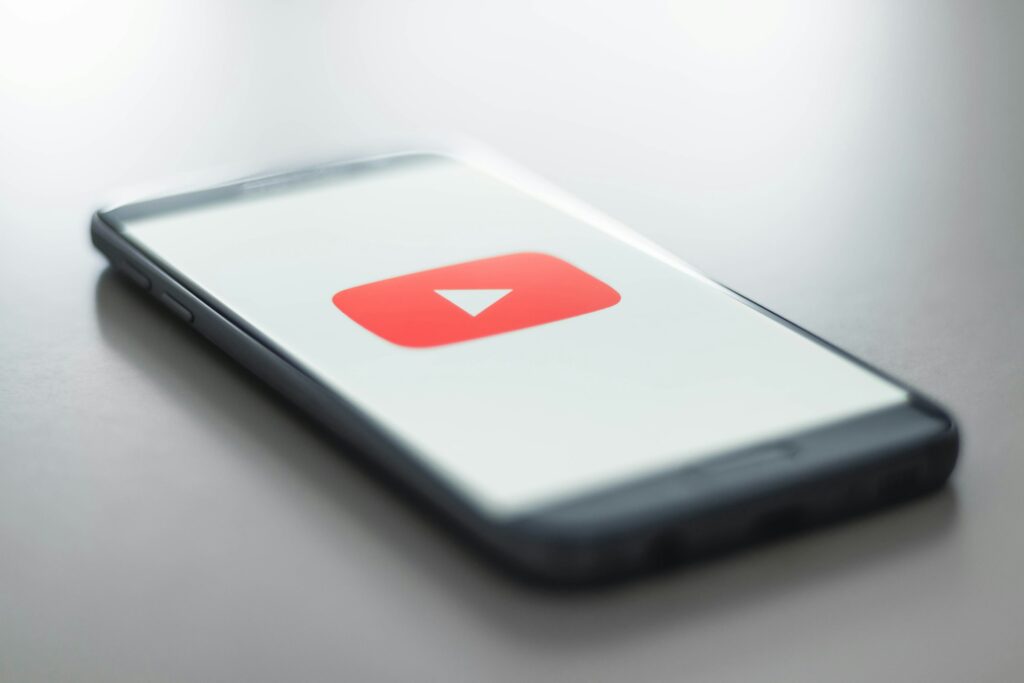
What Happens If You Get a Content ID Claim?
Receiving a Content ID claim can feel alarming, but it’s not the end of the world. Here’s what might happen:
- Demonetization: The rights holder claims the ad revenue from your video. You won’t earn money from it, even if it’s monetized.
- Blocked Content: Your video might be blocked in certain countries or globally, depending on the rights holder’s settings.
- Shared Revenue: In some cases, ad revenue is split between you and the rights holder, especially if you have a licensing agreement.
- No Impact: If the rights holder chooses to “track” the video, there’s no immediate effect on your channel, but they’ll get analytics on its performance.
For example, if you use a popular song in your vlog, the record label might claim the revenue or block the video in certain regions. You’ll see the claim details in your YouTube Studio dashboard under the “Content” tab.
Content ID Claim vs Copyright Strike
A common source of confusion is the difference between a Content ID claim and a copyright strike. Here’s the breakdown:
- Content ID Claim:
- Automated by YouTube’s system.
- Affects monetization, visibility, or tracking but doesn’t penalize your channel.
- You can often resolve or dispute it without long-term consequences.
- Example: A song in your video triggers a claim, and the artist takes the ad revenue.
- Copyright Strike:
- Issued manually by a rights holder through a formal legal request (DMCA takedown).
- Serious penalty that can lead to video removal, channel restrictions, or even termination after three strikes.
- Harder to dispute and carries more risk.
Key takeaway: A Content ID claim is a nudge; a copyright strike is a warning. Claims are common and manageable, while strikes are rare but serious.
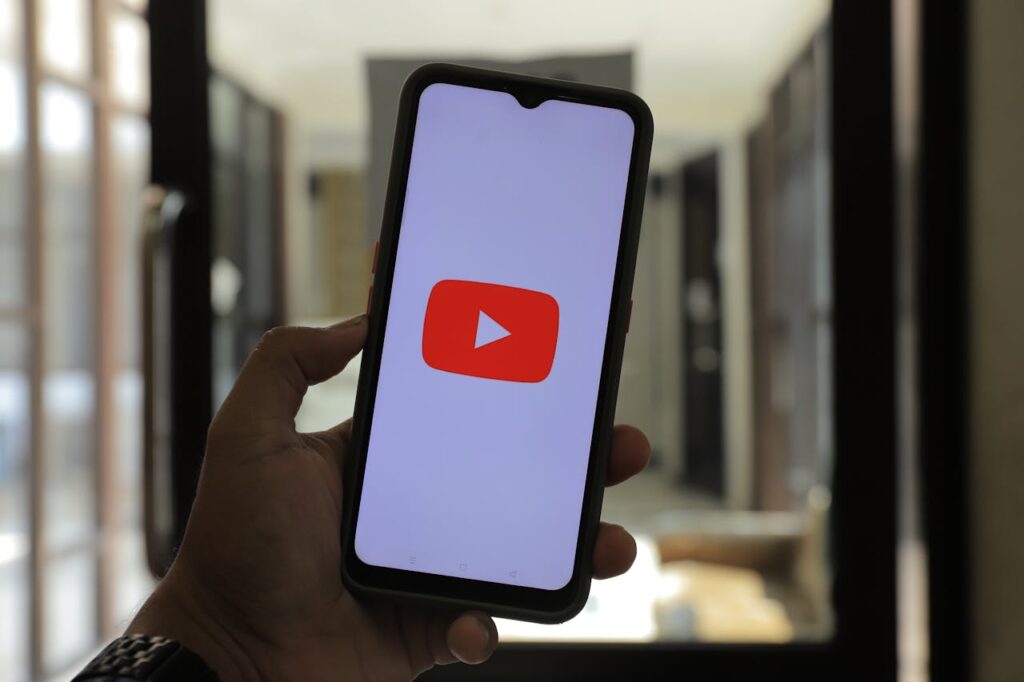
How to Avoid Content ID Claims
Avoiding Content ID claims starts with being proactive about the content you use. Here are practical tips:
- Use Royalty-Free or Licensed Music:
- Opt for royalty-free music from Hoopr or Hoopr Smash. These services offer music explicitly licensed for YouTube, reducing the risk of claims.
- Double-check the licensing terms. Even some “royalty-free” tracks can trigger claims if not properly licensed for commercial use.
- Create Original Content:
- Record your own music, sound effects, or visuals. Original work is the safest way to avoid claims.
- Use YouTube’s Audio Library:
- YouTube offers a free Audio Library with thousands of tracks and sound effects that are safe to use without claims.
- Check Licensing for Stock Content:
- If you’re using stock footage or images, ensure they come with a clear license for YouTube use.
- Avoid Popular Songs:
- Even short snippets of copyrighted songs (like background music in a vlog) can trigger claims. If you must use them, get explicit permission or a license from the rights holder.
- Test Before Uploading:
- Use YouTube’s “Check for Copyright Issues” tool during the upload process to catch potential claims before publishing.
How to Dispute a Content ID Claim
If you get a Content ID claim and believe it’s incorrect or you have the right to use the content, you can dispute it. Here’s a step-by-step guide:
- Check the Claim Details:
- In YouTube Studio, go to the “Content” tab, find the claimed video, and click on the claim to see specifics (e.g., what content was flagged and by whom).
- Confirm Your Rights:
- Ensure you have a valid license, permission, or fair use argument (e.g., the content is transformative, like a parody or review).
- Be cautious: Fair use is tricky and not guaranteed to win disputes.
- File a Dispute:
- Click “Dispute” in YouTube Studio and select a reason (e.g., “I have a license” or “This is fair use”).
- Provide clear evidence, like a license agreement or a detailed explanation of why your use is legal.
- Wait for a Response:
- The rights holder has 30 days to review your dispute. They can release the claim, uphold it, or escalate it to a copyright strike.
- Appeal if Necessary:
- If the dispute is rejected, you can appeal, but this carries more risk. If the rights holder escalates to a strike, it could impact your channel.
- Best Practices:
- Be polite and professional in your dispute message.
- Avoid disputing unless you’re confident in your rights, as frivolous disputes can lead to strikes.
Warning: Disputing a claim without a valid reason can backfire. If you’re unsure, consult a legal expert or use YouTube’s help resources.
Why Content ID Matters for Artists and Rights Holders

For musicians, labels, and other rights holders, Content ID is a powerful tool to protect and monetize their work. When someone uses their song or video, they can:
- Earn ad revenue from videos they didn’t create.
- Block unauthorized use in specific regions or globally.
- Track how their content is being used for analytics.
For example, an indie artist who registers their music with Content ID through a distributor like DistroKid or TuneCore can earn money every time their song appears in a YouTube video, even if it’s a fan’s vlog. This creates a win-win: creators can use music legally, and artists get paid.
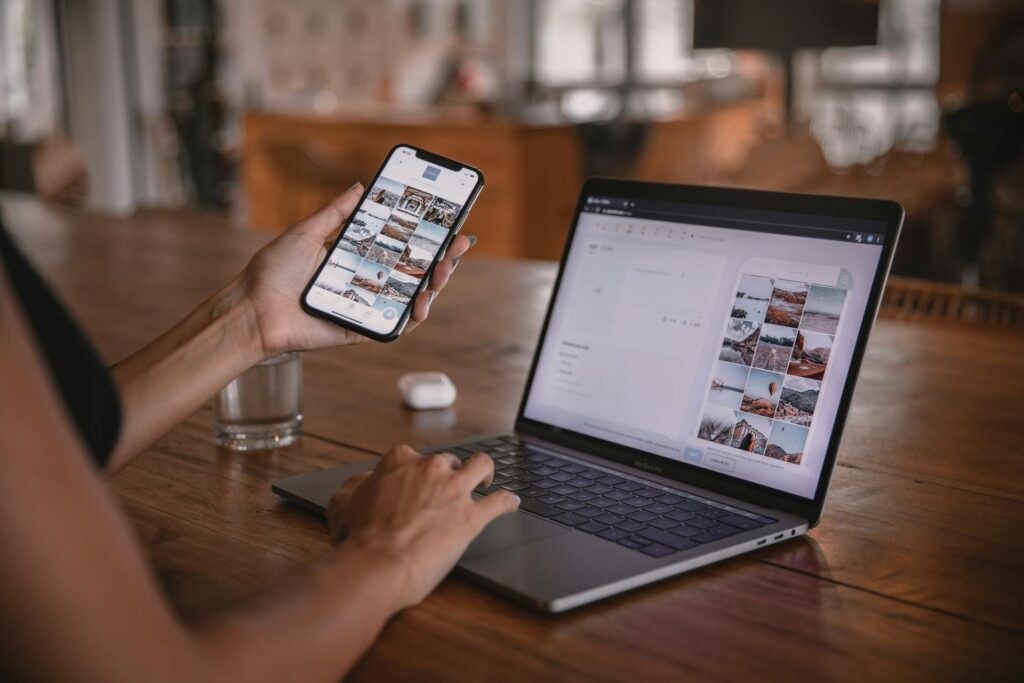
Common Myths Around Content ID
Let’s clear up some misconceptions that confuse creators:
- Myth: “All royalty-free music is safe from Content ID claims.”
- Truth: Not all royalty-free music is claim-free. Some tracks are registered with Content ID by distributors, so always check the license terms.
- Myth: “If I only use a 5-second clip, I won’t get a claim.”
- Truth: Content ID can detect even short snippets of copyrighted material.
- Myth: “A Content ID claim will hurt my channel.”
- Truth: Claims don’t affect your channel’s standing unless they escalate to a strike, which is rare.
- Myth: “Fair use protects me from all claims.”
- Truth: Fair use is a legal defense that’s evaluated case-by-case and isn’t guaranteed to exempt you from claims.
Conclusion
YouTube’s Content ID system might seem intimidating, but it’s really about creating a fair ecosystem for creators and rights holders. By understanding how it works, using licensed or original content, and knowing how to handle claims, you can avoid most copyright headaches. Don’t let Content ID scare you, it’s a tool, not a trap. Keep creating, stay informed, and use resources like YouTube’s Audio Library or Hoopr to make your content shine without worry.
